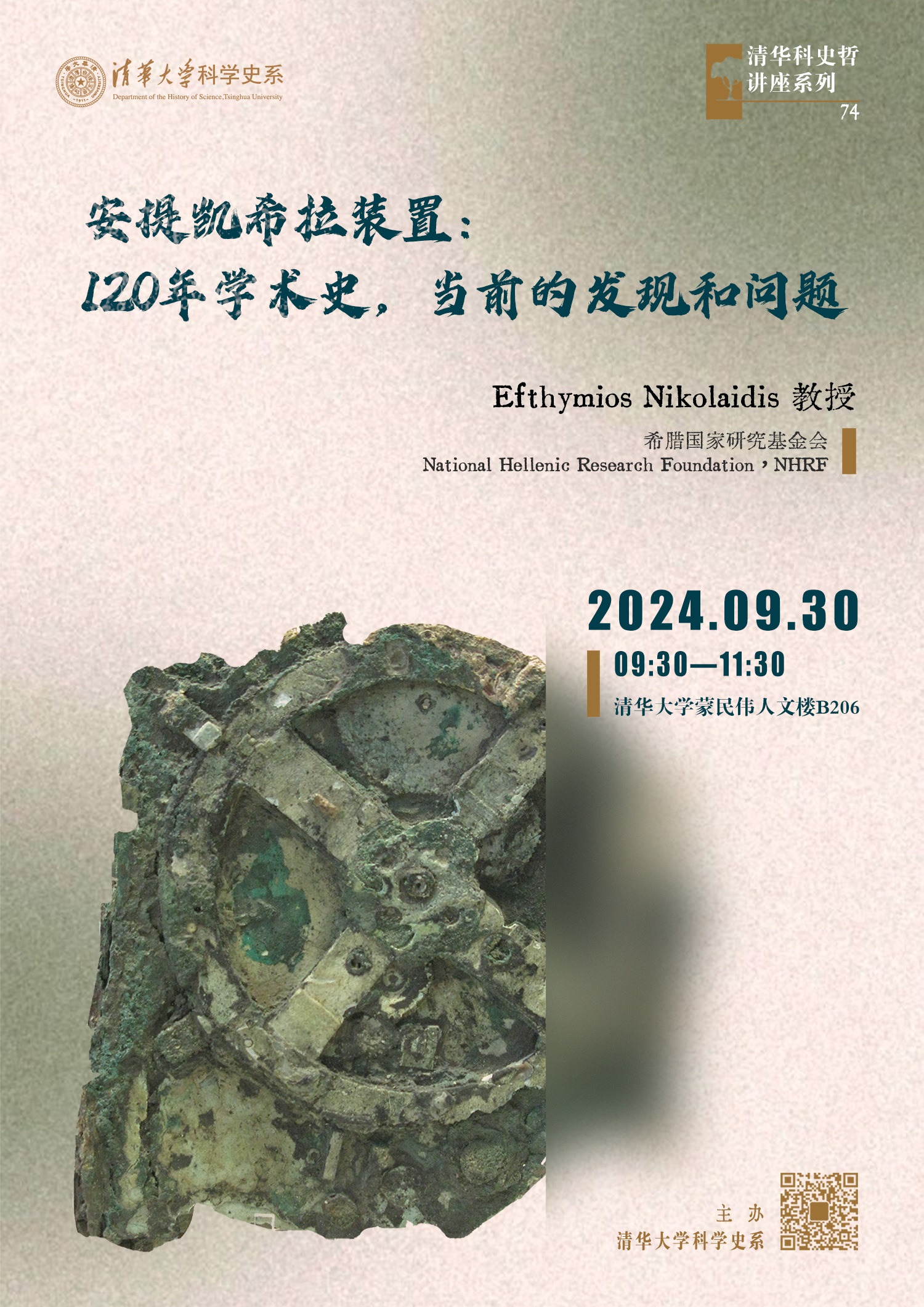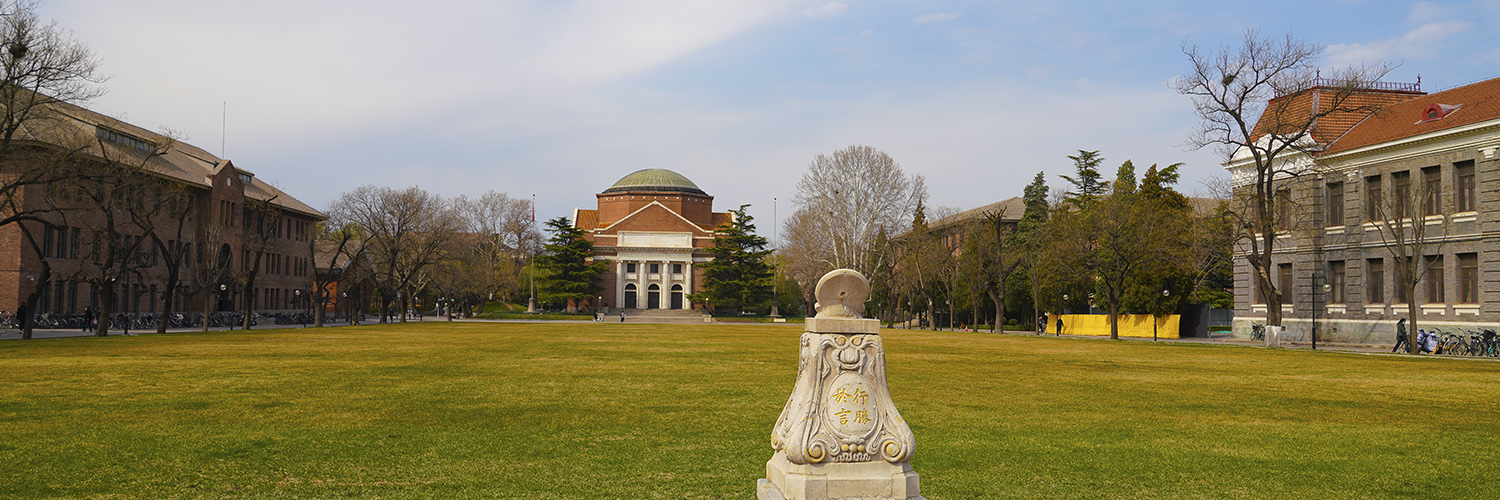主 题:安提凯希拉装置:120年学术史,当前的发现和问题
主讲人:Efthymios Nikolaidis 希腊国家研究基金会(National Hellenic Research Foundation,NHRF)
时 间:2024年9月30日 9:30—11:30
地 点:清华大学蒙民伟人文楼B206

讲座摘要:
The Antikythera mechanism, found in 1900 in an ancient Greek boat shipwrecked off the coast of the island of the same name, has been the subject of research by many scholars from different disciplines since 1902. Indeed, in 1902, in the boxes of the shipwreck findings brought to the Archaeological Museum of Athens, a strange object was found that had gears and inscriptions on it, something that greatly surprised specialists in the history of ancient science and technology. In 1905, the German archaeologist Albert Rehm noticed the existence of a parapegma on the object, drew a gear train and considered the instrument to be a kind of planetarium. Admiral Theophanides built the first model of the Mechanism in 1934. The famous historian of science Derek de Solla Price studied the mechanism from 1950 to 1974 in collaboration with Charalampos Karakalos, who was the first to take X-rays of the mechanism to reveal its interior. Derek Price built a much more complicated model than that of Theophanides. His book Gears from the Greeks rekindled international interest in the mechanism. In the 1980s, Michael T. Wright, built a model that revolutionized our conception of the mechanism: Wright considered the mechanism to be a planetarium showing the movements of all the planets known in antiquity, and noticed that the rear face had spirals rather than connecting circles; he also noticed that the Moon's gear system has a pin and slot mechanism.
In 2005, an international multi-disciplinary team (AMRP) was formed and, in collaboration with Hewlett Packard and X-Tek systems, scanned the 82 pieces of the mechanism using a purpose-built scanner, as well as taking surface photographs using a special technique. This team, which includes archaeologists, paleographers, historians of science and technology and mechanics, published in May 2016 the final results concerning the inscriptions, in a special issue of the journal Almagest. Based on the inscriptions, the team corroborated the hypothesis of the existence of lost planetary gear trains. In 2018, a team of Greek researchers lead by Aristidis Voulgaris contested the existence of planetary gears, based on the careful observation of the main axis of the Mechanism. Finally, in 2021, a team lead by Tony Freeth published an alternative model of the front of the Mechanism replacing the hypothetical pointers showing the planets by rings bearing colored spheres.
From 2015, a new diving camping which continues is organized on the site of the shipwreck. We also will present the results of this campaign.
主讲人简介:

埃菲思缪斯·尼古拉耶迪斯(Efthymios Nikolaidis,1954— ),希腊雅典人。1978年于法国巴黎第十一大学获物理学学士学位,1982年于法国社会科学高等研究院获科学史博士学位。现为希腊国家研究基金会(National Hellenic Research Foundation,NHRF)历史研究所名誉所长,于2013—2017年任国际科学史与科学哲学联盟科学技术史学会(The International Union of the History and Philosophy of Science and Technology, Division of History of Science and Technology,DHST/IUHPST)主席,2017—2021,2023年两次当选国际科学史研究院(International Academy of History of Science,IAHS)秘书长。


